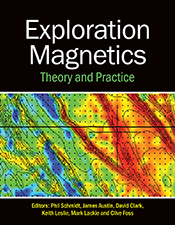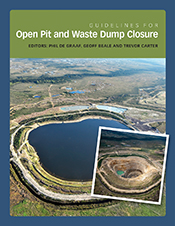Groundwater Chemical Methods for Recharge Studies - Part 2
Describes those geochemical methods which have been used to quantify rates of groundwater recharge.
These notes are restricted to those geochemical methods which have been used to quantify rates of groundwater recharge. There have been two main approaches. The first involves the use of mass balances and mixing cell models, mainly using conservative (non-reacting) dissolved species. The methods range in complexity from simple back-of-the-envelope calculations (zero-dimensional chloride mass balance), to complex three-dimensional computer models. The second approach seeks to estimate the age or residence time of the groundwater by measuring compounds which are radioactive, or whose input to the aquifer has been changing over time (chlorofluorocarbons). + Full description
In this report, the methodology and case examples are described. References to further information on the techniques are also provided.
- Short descriptionNews
No longer available in a print edition.
Contents
Indicators of Recharge ProcessesIntroduction
Fractionation
The Meteoric Water Line
Applications
Mass Balance and Mixing Cell Methods
Introduction
Chloride Mass Balance
Mixing Cell Models
Groundwater Dating Methods and Event Markers
Introduction
Groundwater Age Distributions in Generic Aquifers
Tritium and Chlorine-36
Carbon-14
Chlorofluorocarbons
Sampling Strategies
Preferential Flow and Fractured Rock
References








